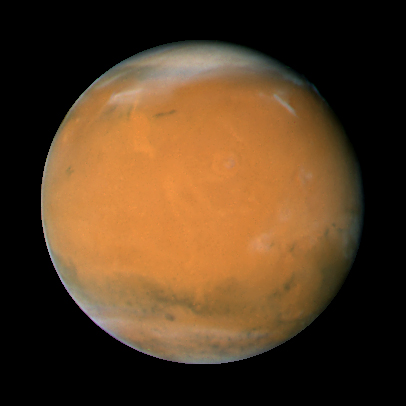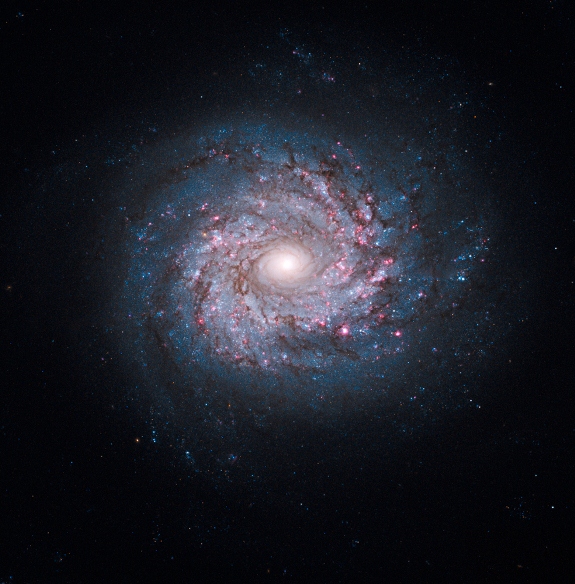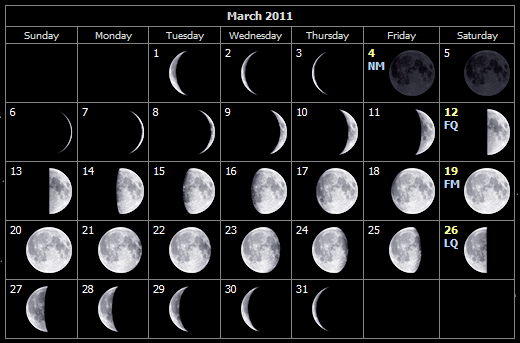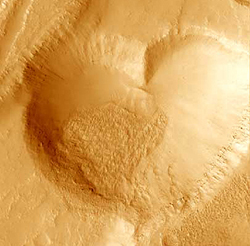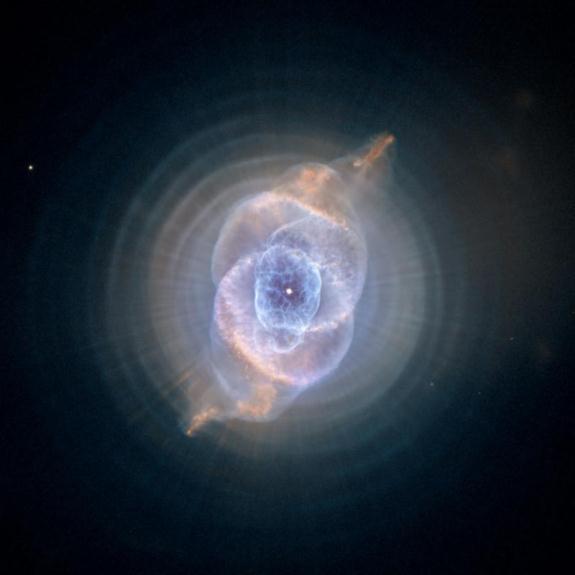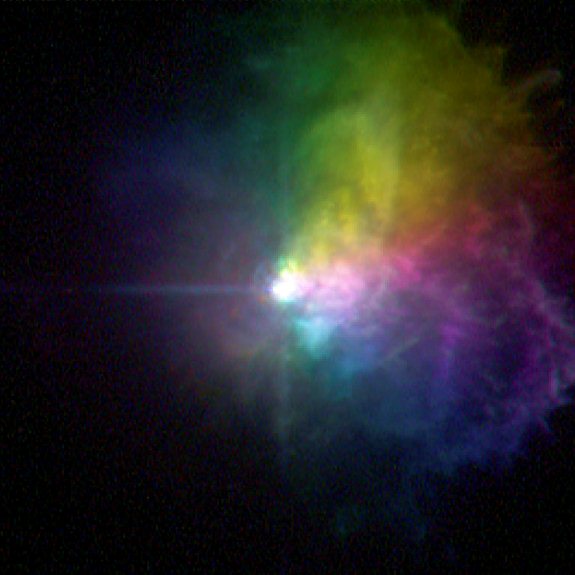Astronomy Picture of the Week – Spiral Galaxy NGC 2841
This view of the majestic disk of stars and dust lanes of the spiral galaxy NGC 2841 was taken by NASA’s Hubble Space Telescope in 2010. The galaxy lies 46 million light-years away in the constellation of Ursa Major. Credit: NASA, ESA, and the Hubble Heritage (STScI/AURA)-ESA/Hubble Collaboration Acknowledgments: M. Crockett and S. Kaviraj (Oxford University, UK), R. O’Connell (University of Virginia), B. Whitmore (STScI), and the WFC3 Scientific Oversight Committee
Monthly Stargazing Calendar for April 2011
The Lyrids are an average meteor shower with about 20 meteors per hour at their peak on April 21 and 22. These meteors can produce bright dust trails that last for several seconds. The shower is most spectacular during the peak on April 21 and 22, but some meteors can still be spotted from April 16 to 25. The meteors will be radiating from the constellation of Lyra after midnight.
Astronomy Picture of the Week – Mars as seen by Hubble
This is one of the best photos of Mars ever taken from Earth or Low Earth Orbit. NASA's Hubble Space Telescope took this close-up of the red planet Mars when it was just 88 million kilometers away. This color image was assembled from a series of exposures taken within 36 hours of the Mars closest approach…
Astronomy Picture of the Week – Spiral Galaxy NGC 3982
This spiral galaxy, called NGC 3982, looks similar to our own galaxy but it is much smaller. NGC 3982 spans about 30,000 light-years which makes it roughly one-third of the size of the Milky Way galaxy. It is located about 68 million light-years away in the constellation Ursa Major. This image is composed of pictures taken by the Hubble Space Telescope’s Wide Field Planetary Camera 2 (WFPC2), the Advanced Camera for Surveys (ACS), and the Wide Field Camera 3 (WFC3) between March 2000 and August 2009. Image Credit: NASA, ESA, and the Hubble Heritage Team (STScI/AURA)
Non-Rocket Spacelaunch – Advantages and Difficulties of a Launch Loop
Unlike conventional rockets, launch loops can have many launches per hour, independent of weather, and are not inherently polluting. Rockets create pollution such as nitrates in their exhausts due to high exhaust temperature, and can also create greenhouse gases depending on propellant choices. Launch loops require power in the form of electricity and as such it can be clean.
Monthly Stargazing Calendar for March 2011
This month, on the 20th, an equinox will occur. The Sun will shine directly on the equator and there will be nearly equal amounts of day and night throughout the world.
Astronomy Picture of the Week – Whirlpool Galaxy
This image of the spiral galaxy M51, dubbed the Whirlpool Galaxy, was taken by NASA’s Hubble Space Telescope. M51 is a typical spiral galaxy which includes graceful, curving arms, pink star-forming regions, and brilliant blue strands of star clusters. It is located at a distance of approximately 31 million light-years from the Milky Way Galaxy in the constellation Canes Venatici. It is one of the most famous galaxies in the sky. M51 can easily be observed by amateur astronomers, and may even be seen with binoculars. Image Credit: NASA, ESA, S. Beckwith (STScI), and the Hubble Heritage Team (STScI/AURA)
Astronomy Picture of the Week – Supernova Bubble Resembling Holiday Ornament
This image was made by combining data from two of NASA's Great Observatories: the Hubble Space Telescope and the Chandra X-ray Observatory. The supernova remnant, cataloged as SNR 0509-67.5, is the result of a type Ia supernova. It is located in the Large Magellanic Cloud (LMC), a small galaxy about 160,000 light-years from Earth.
Cosmic Hearts
I hope you all had a happy Valentine's Day! :) Here are some pictures of cosmic hearts: A heart-shaped crater on Mars captured by the Mars Orbiter Camera onboard the Mars Global Surveyor. A heart-shaped Nebula, called W5, located 6000 light years away in the constellation of Cassiopeia.
Astronomy Picture of the Week – The Cat’s Eye Nebula
This detailed view of the so-called Cat’s Eye Nebula was taken by NASA’s Hubble Space Telescope. The nebula, formally cataloged as NGC 6543, was one of the first planetary nebulae to be discovered and is one of the most complex. Observations suggest the star ejected its mass in a series of pulses at 1,500-year intervals. This created dust shells, each of which contain as much mass as all of the planets in our solar system combined. These concentric shells make a layered, onion-skin structure around the dying star. Image Credit: NASA, ESA, HEIC, and The Hubble Heritage Team (STScI/AURA)
Non-Rocket Spacelaunch – Launch Loop
A launch loop (also known as a Lofstrom loop) is a proposed design for a very efficient non-rocket spacelaunch method. It is a much simpler concept than the space elevator, but still more complex than tether propulsion systems such as the rotovator.
Astronomy Picture of the Week – Polarized Star Light
This picture taken by the Hubble Space Telescope shows the polarized light of the massive star VY Canis Majoris. Image Credit: NASA, ESA, and R. Humphreys (University of Minnesota)



